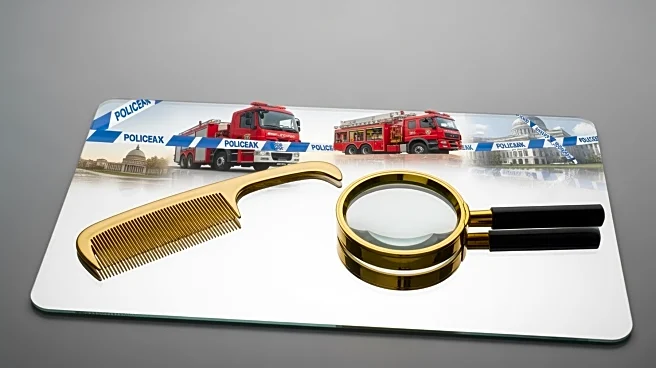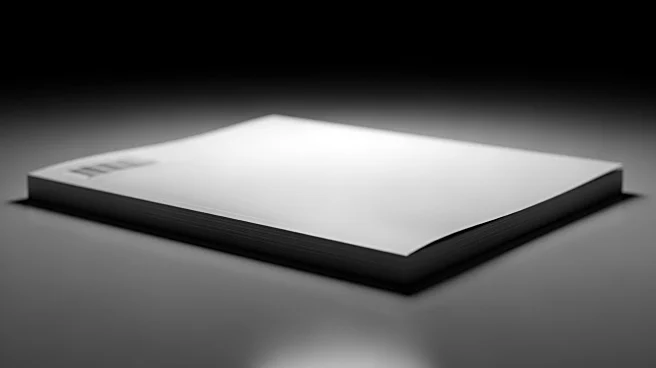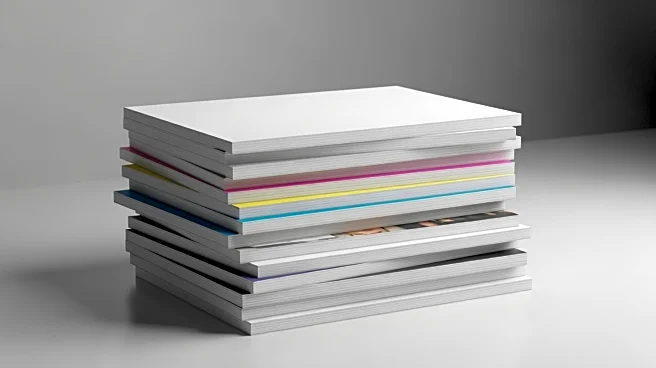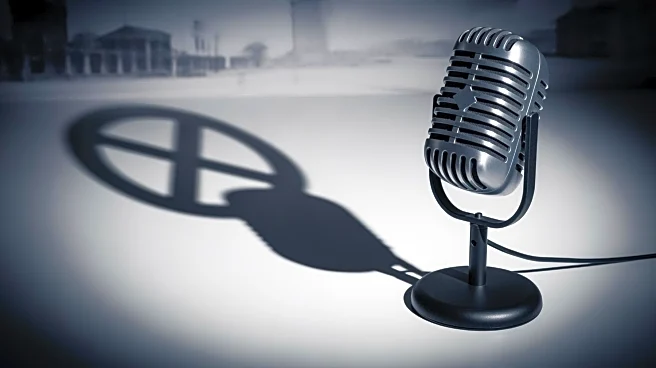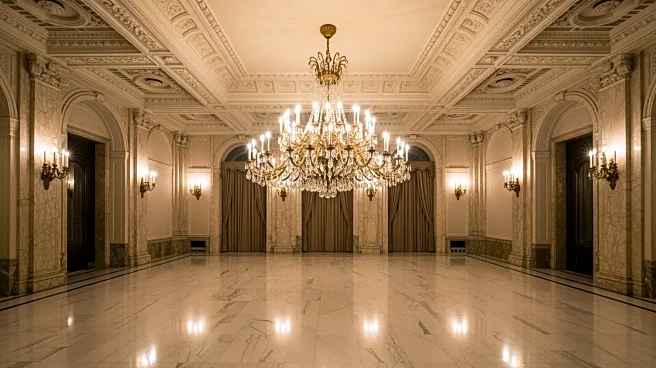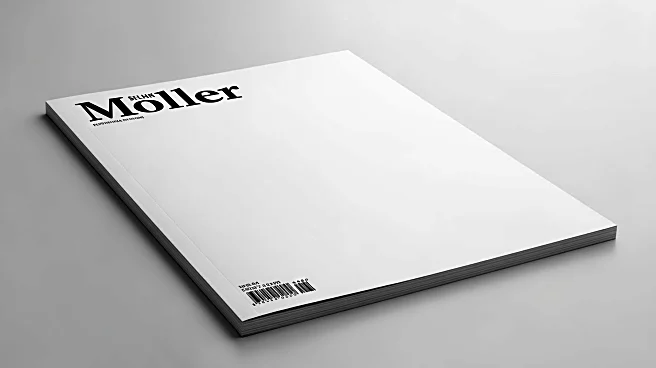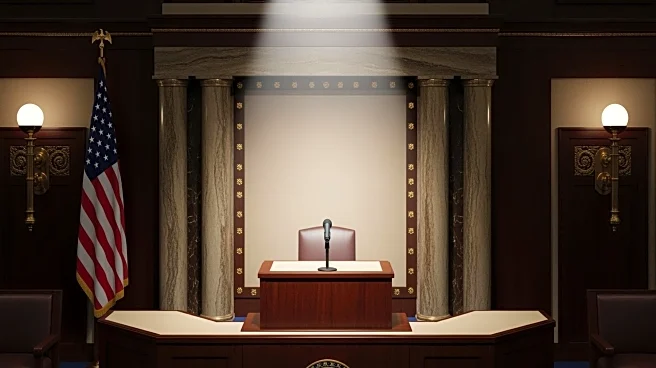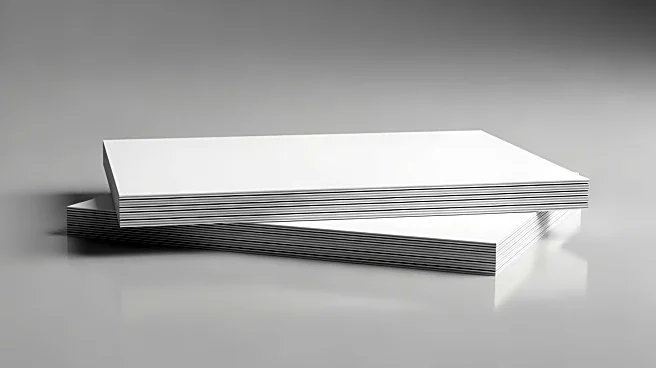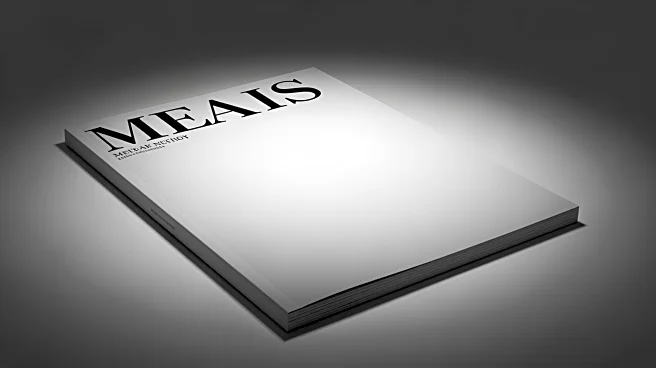What's Happening?
A recent Time Magazine cover featuring President Trump has drawn comparisons to a 1963 Newsweek photo of Nazi industrialist Alfried Krupp, sparking controversy. The resemblance between Trump's pose and
Krupp's has gone viral, with Time denying any intentional connection. Krupp, a convicted war criminal, was known for exploiting forced labor during World War II. The visual similarity has raised concerns given Trump's authoritarian tendencies in his second term. The cover, titled 'Trump's World,' portrays him as a central figure in the Oval Office, with an ambiguous image that contrasts with Krupp's menacing portrayal.
Why It's Important?
The controversy highlights the sensitivity around imagery and historical references, especially concerning figures associated with authoritarian regimes. It underscores the impact of visual media in shaping public perception and the potential for unintended associations to provoke strong reactions. The incident also reflects ongoing debates about President Trump's leadership style and its implications for U.S. politics, as well as the broader societal concerns about authoritarianism.
What's Next?
The viral nature of the comparison may lead to further scrutiny of media portrayals of political figures, prompting discussions about the responsibilities of publications in avoiding controversial imagery. It could also influence public discourse on President Trump's policies and leadership, potentially affecting his political standing and future actions.
Beyond the Headlines
The incident raises questions about the role of media in historical memory and the ethical considerations in depicting political figures. It also highlights the cultural sensitivity surrounding imagery linked to historical atrocities, emphasizing the need for careful consideration in media representations.


